We've already wrote about the benefits of ice baths, how cold they should be and how often to ice bath. But what should you do after an ice bath? Get warm of course!
If you're someone who enjoys taking ice baths, you know how refreshing and rejuvenating they can be. However, once you're done with your icy dip, it's important to properly warm up your body to prevent any potential injuries or discomfort. In this article, we'll explore the best ways to warm up after an ice bath, so you can continue to enjoy the benefits of cold therapy without any negative side effects.
Warming up after an ice bath is essential for several reasons. Firstly, it helps to gradually raise your body temperature, which can prevent any sudden changes that could shock your system. Secondly, it helps to increase blood flow and circulation, which can aid in the recovery process. And lastly, it can help to reduce any muscle soreness or stiffness that you may experience post-ice bath.
Key Takeaways
- Properly warming up after an ice bath is crucial to prevent injuries and discomfort
- Dynamic stretching, low-impact aerobic exercises, and foam rolling are effective ways to warm up
- Cooling down after your warm-up is just as important as the warm-up itself
Why Is Warming Up After an Ice Bath Necessary?
After an ice bath, it is crucial to warm up your body to prevent muscle stiffness, improve blood circulation, and reduce the risk of injury. In this section, we will discuss why warming up after an ice bath is necessary and how it benefits your body.
Effect of Cold Water on the Body's Muscles and Joints
Cold water immersion, such as an ice bath, can cause vasoconstriction, which is the narrowing of blood vessels. This constriction reduces blood flow to the muscles and joints, leading to stiffness and soreness. Additionally, cold water can cause the muscles to contract, making them tight and inflexible.
How Warming Up Aids in Preventing Muscle Stiffness and Injury
Warming up after an ice bath helps to increase blood flow to the muscles and joints, which helps to reduce stiffness and soreness. Warming up also helps to increase the body's core temperature, which can help to prevent injury during exercise. When your muscles are warm, they are more pliable, which reduces the risk of muscle strains and tears.
Benefits of Improving Blood Circulation Post-Ice Bath
Improving blood circulation after an ice bath is essential for the recovery process. Cold water immersion can cause blood vessels to constrict, reducing blood flow to the muscles and joints. Warming up after an ice bath helps to increase blood flow, which helps to deliver oxygen and nutrients to the muscles, aiding in their recovery.
Preparing for the Warm-Up

After experiencing the invigorating benefits of an ice bath, it's important to take proper steps to warm up your body gradually. A sudden transition from cold to warm can cause discomfort and even harm your body. Here are some tips to help you prepare for the warm-up.
Gradual Transition from Cold to Warm
Your body needs time to adjust to the change in temperature after an ice bath. Rushing into a hot shower or sauna can cause your blood vessels to dilate too quickly, leading to dizziness and even fainting. Instead, start with a gentle warm-up, such as walking around or doing some light stretching. Gradually increase the intensity of your warm-up as your body adjusts to the change in temperature.
Proper Clothing and Environment for the Warm-Up
To help your body warm up, it's important to wear warm clothing and be in a warm environment. A thick bathrobe or sweatshirt can help trap the heat close to your body, allowing your body to gradually warm up. If possible, try to be in a warm room or near a source of heat, such as a fireplace or space heater. Avoid going outside in cold weather immediately after an ice bath, as this can cause your body to lose heat too quickly.
In addition to these tips, there are several other ways to warm up after an ice bath, such as drinking a warm beverage or using a warm towel. By taking the time to properly warm up your body, you can reap the full benefits of your ice bath and avoid any discomfort or harm.
Dynamic Stretching
Dynamic Stretching and Its Effectiveness
Dynamic stretching is a form of stretching that involves movement, as opposed to static stretching, which involves holding a stretch in a stationary position. Dynamic stretches are designed to increase your body's range of motion, flexibility, and blood flow. They are particularly effective when performed after an ice bath, as they can help to warm up your muscles and prevent injury.
Recommended Dynamic Stretches After an Ice Bath
Here are some recommended dynamic stretches to try after an ice bath:
| Stretch | Description |
|---|---|
| Leg swings | Stand with your feet shoulder-width apart and swing one leg forward and back, keeping your leg straight. Repeat on the other side. |
| Walking lunges | Step forward with one leg and lower your body until your front knee is at a 90-degree angle. Push back up and repeat with the other leg. |
| High knees | Stand with your feet shoulder-width apart and lift one knee up towards your chest. Lower it back down and repeat with the other leg. |
| Butt kicks | Stand with your feet shoulder-width apart and kick your heels up towards your buttocks. Repeat on the other side. |
Step-By-Step Instructions on How to Perform Each Stretch
Here are step-by-step instructions for each of the dynamic stretches listed above:
- Leg swings:
- Stand with your feet shoulder-width apart.
- Swing one leg forward and back, keeping your leg straight.
- Repeat on the other side.
- Walking lunges:
- Step forward with one leg.
- Lower your body until your front knee is at a 90-degree angle.
- Push back up and repeat with the other leg.
- High knees:
- Stand with your feet shoulder-width apart.
- Lift one knee up towards your chest.
- Lower it back down and repeat with the other leg.
- Butt kicks:
- Stand with your feet shoulder-width apart.
- Kick your heels up towards your buttocks.
- Repeat on the other side.
Try out these exercises after your next ice bath to help warm up your muscles and get your body ready for your next workout.
Low-Impact Aerobic Exercises
Low-Impact Exercises in Post-Ice Bath Warm-Up
After an ice bath, it is essential to warm up your body gradually to prevent injury and stiffness. Low-impact aerobic exercises are an excellent way to do this. These exercises are designed to be gentle on your joints and muscles, making them ideal for post-workout recovery. They can help increase blood flow, reduce inflammation, and improve your range of motion.
Suitable Aerobic Exercises, Such as Biking or Swimming
There are many low-impact aerobic exercises that you can do after an ice bath. Biking and swimming are two great options that can help you warm up your body without putting too much stress on your joints. Both of these exercises are gentle on your body, making them perfect for post-workout recovery. Other suitable aerobic exercises include walking, elliptical training, and rowing.
The Importance of Gradually Increasing Intensity and Duration
When you are warming up after an ice bath, it is crucial to start slowly and gradually increase the intensity and duration of your exercise. This will help you avoid injury and ensure that your body is properly warmed up. Begin with low-intensity exercises for a few minutes and gradually increase the duration and intensity as your body warms up.
It is also important to listen to your body and adjust your workout accordingly. If you experience any pain or discomfort, stop the exercise immediately and seek medical attention if necessary. Remember that the goal of warming up is to prepare your body for a workout or recovery session, not to push yourself to the limit.
In conclusion, low-impact aerobic exercises are an essential part of your post-ice bath warm-up routine. They help increase blood flow, reduce inflammation, and improve your range of motion. By gradually increasing the intensity and duration of your exercise, you can ensure that your body is properly warmed up and ready for your workout or recovery session.
Foam Rolling and Self-Massage
Foam rolling and self-massage are popular techniques used by athletes and fitness enthusiasts to promote recovery and relax sore muscles. These techniques can be done before or after an ice bath, depending on your preference.
Benefits of Foam Rolling and Self-Massage for Relaxing Muscles
Foam rolling and self-massage are effective ways to release tension in your muscles, improve circulation, and promote relaxation. By applying pressure to specific areas of your body, you can help to break up knots and adhesions in your muscles, which can lead to increased flexibility and range of motion.
Foam rolling and self-massage can also help to reduce muscle soreness and inflammation, making them an excellent addition to your recovery routine. By using these techniques regularly, you can help to speed up your recovery time and get back to your training more quickly.
Proper Techniques for Foam Rolling Major Muscle Groups
Foam rolling is a technique that involves using a foam roller to apply pressure to your muscles. To foam roll major muscle groups, such as your quads, hamstrings, and calves, follow these steps:
- Place the foam roller under the muscle you want to target.
- Use your body weight to apply pressure to the foam roller.
- Roll back and forth over the muscle, focusing on any areas that feel particularly tight or sore.
- Spend 30-60 seconds on each muscle group.
Remember to breathe deeply and relax your muscles as you foam roll. If you feel any sharp pain or discomfort, stop and seek advice from a qualified professional.
Tips on Self-Massage Techniques to Release Tension and Promote Recovery
Self-massage is another effective way to release tension in your muscles and promote recovery. Here are some tips for performing self-massage:
- Use your hands or a massage ball to apply pressure to your muscles.
- Start with gentle pressure and gradually increase as your muscles begin to relax.
- Focus on any areas that feel particularly tight or sore.
- Spend 1-2 minutes on each muscle group.
- Use long, sweeping strokes to promote relaxation.
Remember to listen to your body and adjust the pressure as needed. Self-massage should feel good and help you to relax, so don't push yourself too hard.
In conclusion, foam rolling and self-massage are effective techniques for promoting recovery and relaxing sore muscles. By incorporating these techniques into your recovery routine, you can help to speed up your recovery time and get back to your training more quickly.
Cooling Down After Warm-Up
After completing a warm-up session, it is essential to cool down properly to prevent injury and promote muscle recovery. Here are some tips to help you cool down after a warm-up.
The Importance of Cooling Down After a Warm-Up Session
Cooling down after a warm-up session is just as important as warming up before exercising. It helps to gradually decrease your heart rate, breathing rate, and body temperature, which can help reduce the risk of injury and muscle soreness. Cooling down also helps remove waste products from your muscles, which can help speed up recovery time.
Gentle Stretches or Yoga Poses for the Cooldown
Gentle stretches or yoga poses can be an excellent way to cool down after a warm-up session. It can help improve your flexibility and range of motion while also helping to relax your mind and body. Some examples of gentle stretches or yoga poses that you can do after a warm-up session include:
- Downward-facing dog
- Child's pose
- Cat-cow stretch
- Seated forward bend
- Cobra pose
Recommendations for Maintaining Hydration During the Process
Maintaining hydration during the cooling down process is crucial. Drinking water can help replace fluids lost during exercise and prevent dehydration. It can also help flush out toxins from your body and promote recovery. Make sure to drink enough water before, during and after your workout.
In conclusion, cooling down after a warm-up session is essential for preventing injury and promoting muscle recovery. Incorporating gentle stretches or yoga poses and maintaining hydration can help you achieve the best results. Remember to listen to your body and adjust your cooling down routine accordingly.
Conclusion

Recap - the Importance of Warming Up After an Ice Bath
After an invigorating ice bath, it's essential to warm up your body gradually. This helps to prevent any muscle strains or injuries that could occur if you suddenly exert yourself after a period of intense cold exposure.
Warming up helps to increase blood flow to the muscles, which can reduce the risk of soreness and stiffness. It also helps to raise your core body temperature, which can prevent hypothermia and other cold-related illnesses.
Implement These Post-Ice Bath Warm-Up Techniques
By implementing some of the techniques we have discussed, you can help your body recover more quickly after an ice bath. You may find that some techniques work better for you than others, so it's important to experiment and find what works best for your body.
Try gentle stretching exercises, such as yoga poses or dynamic stretching, to help increase blood flow and flexibility. You can also try massaging or tapping your muscles to encourage blood flow and increase body temperature naturally.
Incorporating warm-up exercises into your routine after ice baths can provide numerous benefits. By gradually warming up your body, you can help to reduce the risk of muscle strains and injuries. It can also help to increase blood flow to the muscles, which can reduce the risk of soreness and stiffness.
Additionally, warming up can help to raise your core body temperature, which can prevent hypothermia and other cold-related illnesses. By implementing these post-ice bath warm-up techniques, you can help your body recover more quickly and get back to your daily routine feeling refreshed and revitalised.
Remember to always listen to your body and take it slow. Don't push yourself too hard, and always consult with a medical professional if you have any concerns.
Q: How do you warm up after an ice bath?
A: After an ice bath, it is important to gradually warm up your body. One effective way to do this is by taking a warm bath or shower.
Q: What is the order summary of warming up after an ice bath?
A: The order summary of warming up after an ice bath is to first take a warm bath or shower, followed by doing a specific exercise like the horse stance or stretching, and finally allowing your body to naturally warm up.
Q: What is cold water therapy?
A: Cold water therapy, also known as hydrotherapy, is a type of treatment that involves exposing your body to cold water or using cold water for therapeutic purposes.
Q: What are the benefits of cold water therapy?
A: Cold water therapy has several benefits, including improved circulation, reduced inflammation, enhanced recovery, increased mental clarity, and improved immune function.
Q: Should I take a warm bath or shower before or after an ice bath?
A: It is recommended to take a warm bath or shower before an ice bath. This helps to increase blood flow and warm up the body, making the transition to cold water more comfortable.
Q: How long should I stay in the warm bath or shower before an ice bath?
A: It is generally recommended to spend around 10-15 minutes in a warm bath or shower to sufficiently warm up the body before transitioning to an ice bath.
Q: What is contrast therapy?
A: Contrast therapy is a method that involves alternating between hot and cold temperatures to stimulate blood flow, reduce inflammation, and enhance recovery. It can be used as a complement to cold water therapy.
Q: What are the dos and don'ts of warming up after an ice bath?
A: When warming up after an ice bath, do take a warm bath or shower, try out specific exercises like the horse stance, and let your body warm up naturally. Don't shock your body with hot water immediately after the ice bath, as it can be too intense for your system.
Q: How does cold water exposure help in recovery?
A: Cold water exposure helps in recovery by reducing inflammation, promoting muscle repair, speeding up the removal of waste products, and enhancing the release of endorphins.
Q: When it comes to getting warm after an ice bath, is it better to let the body warm up naturally or use external heat sources?
A: It is generally better to let the body warm up naturally after an ice bath. External heat sources can be used sparingly, but it is important to allow the body's natural processes to take over and restore normal temperature.






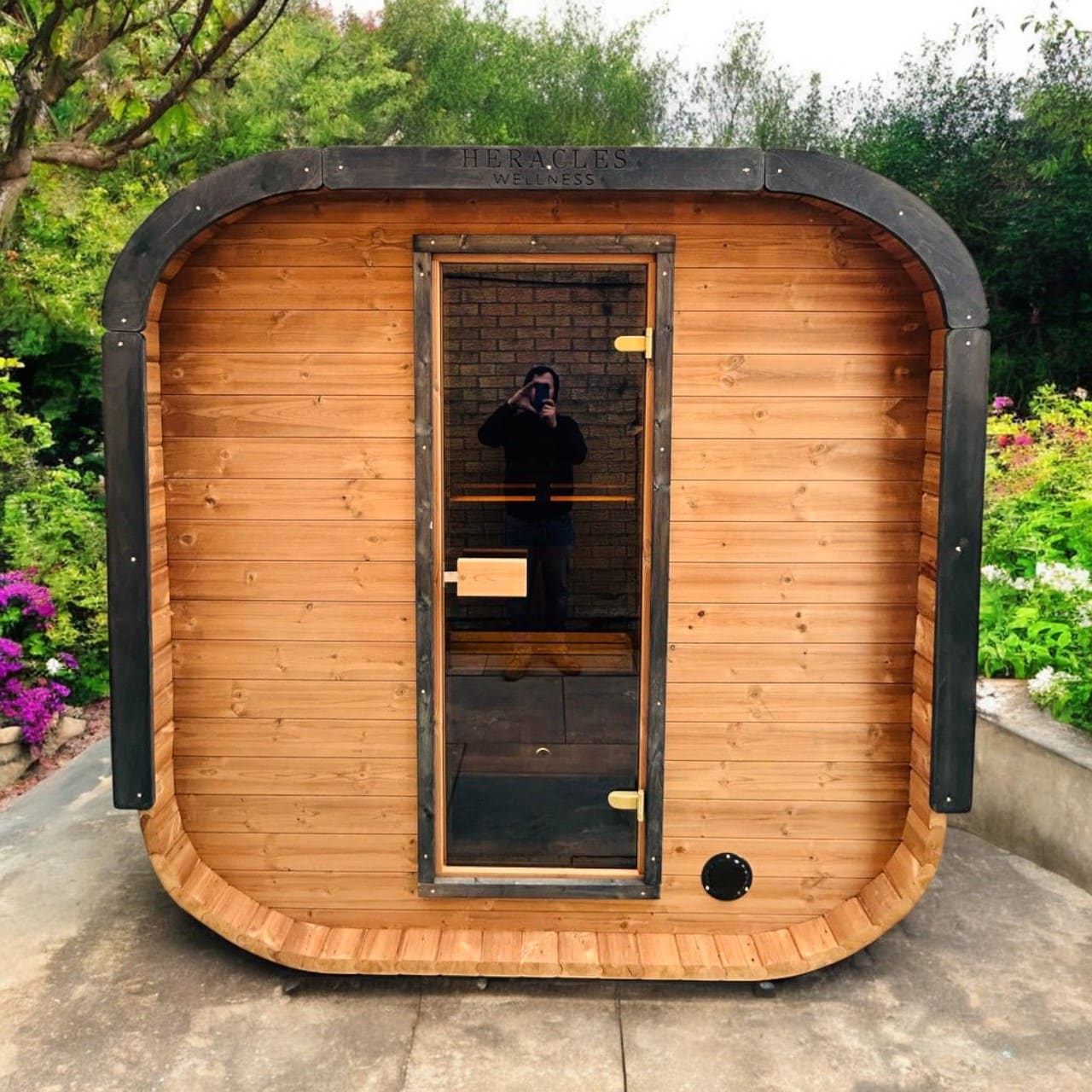
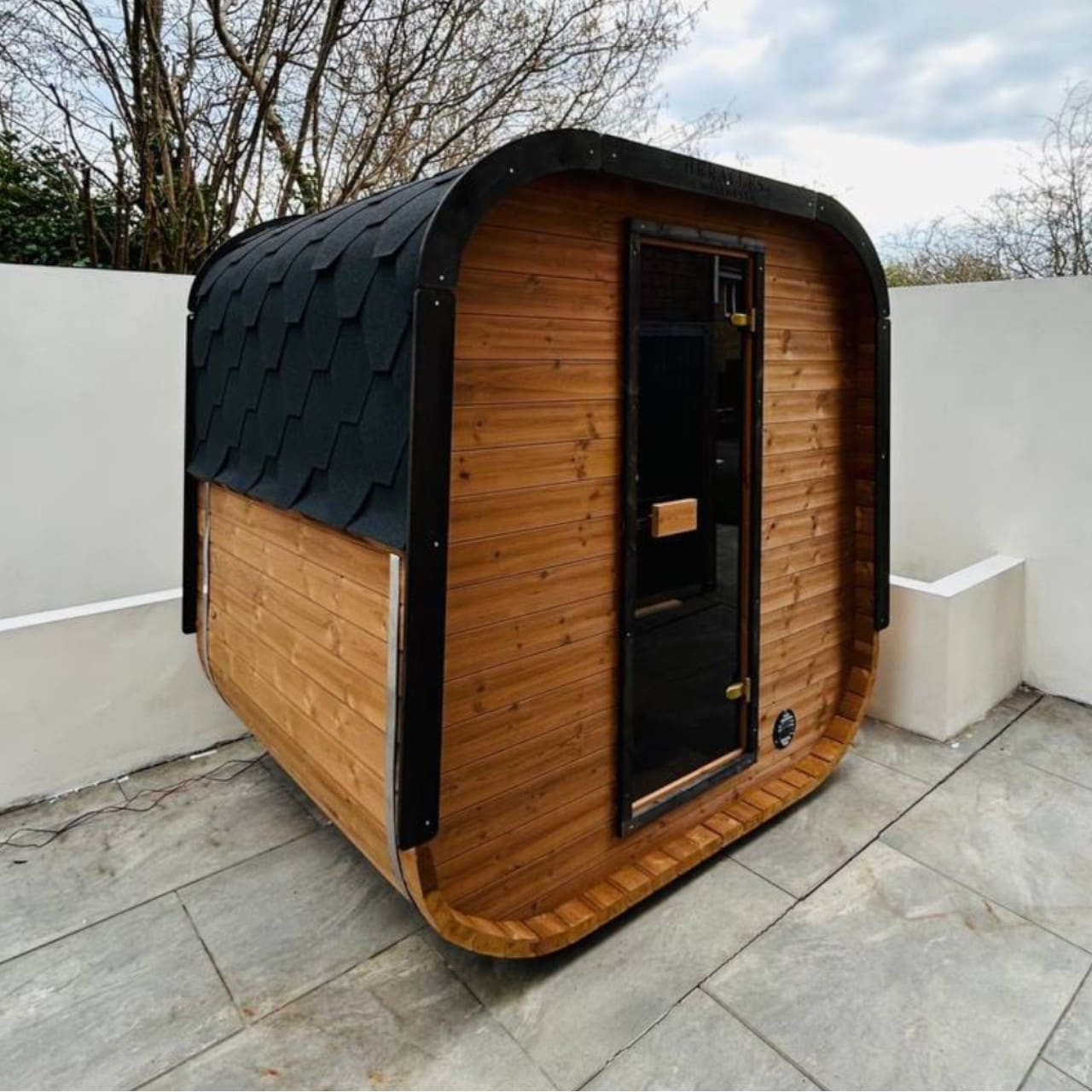
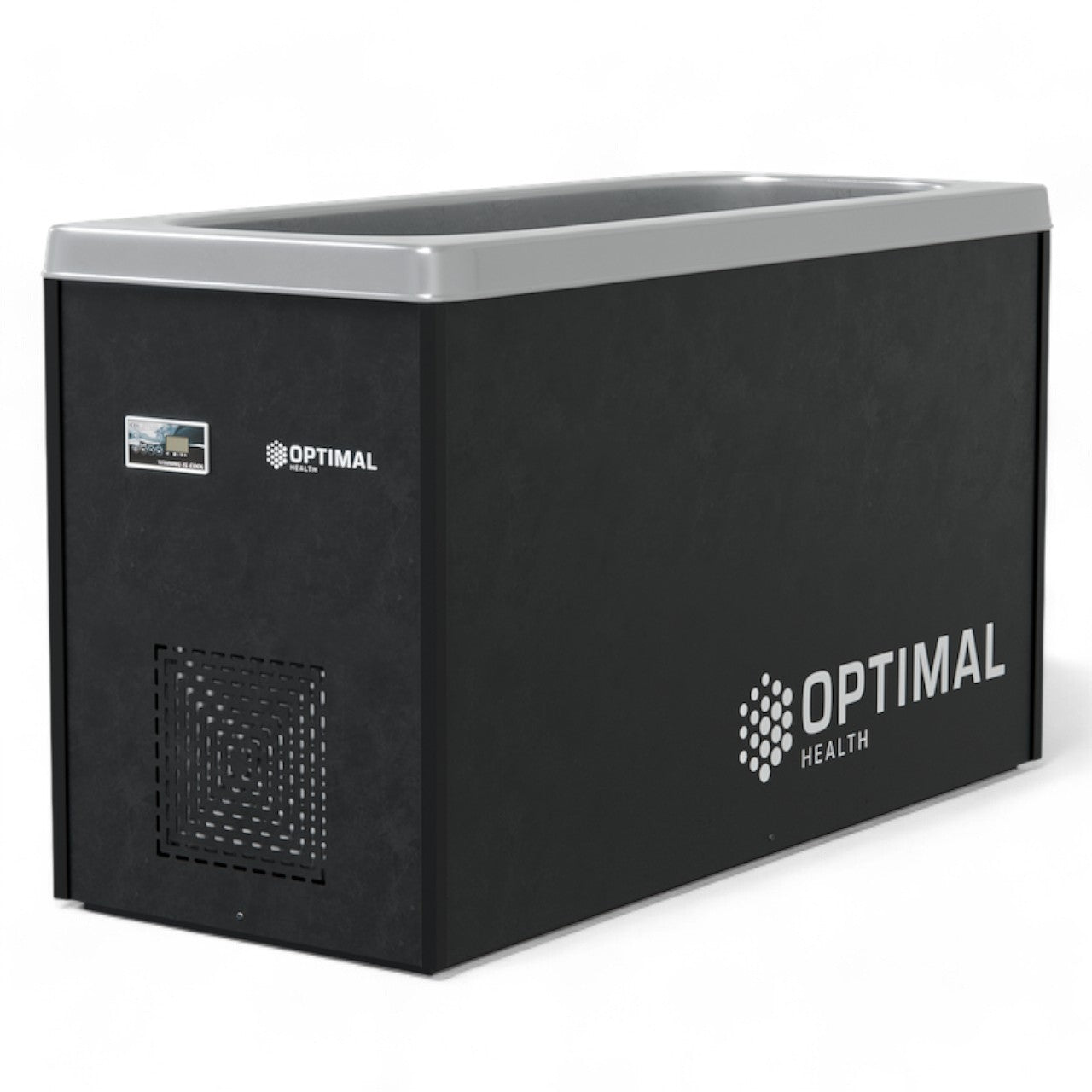
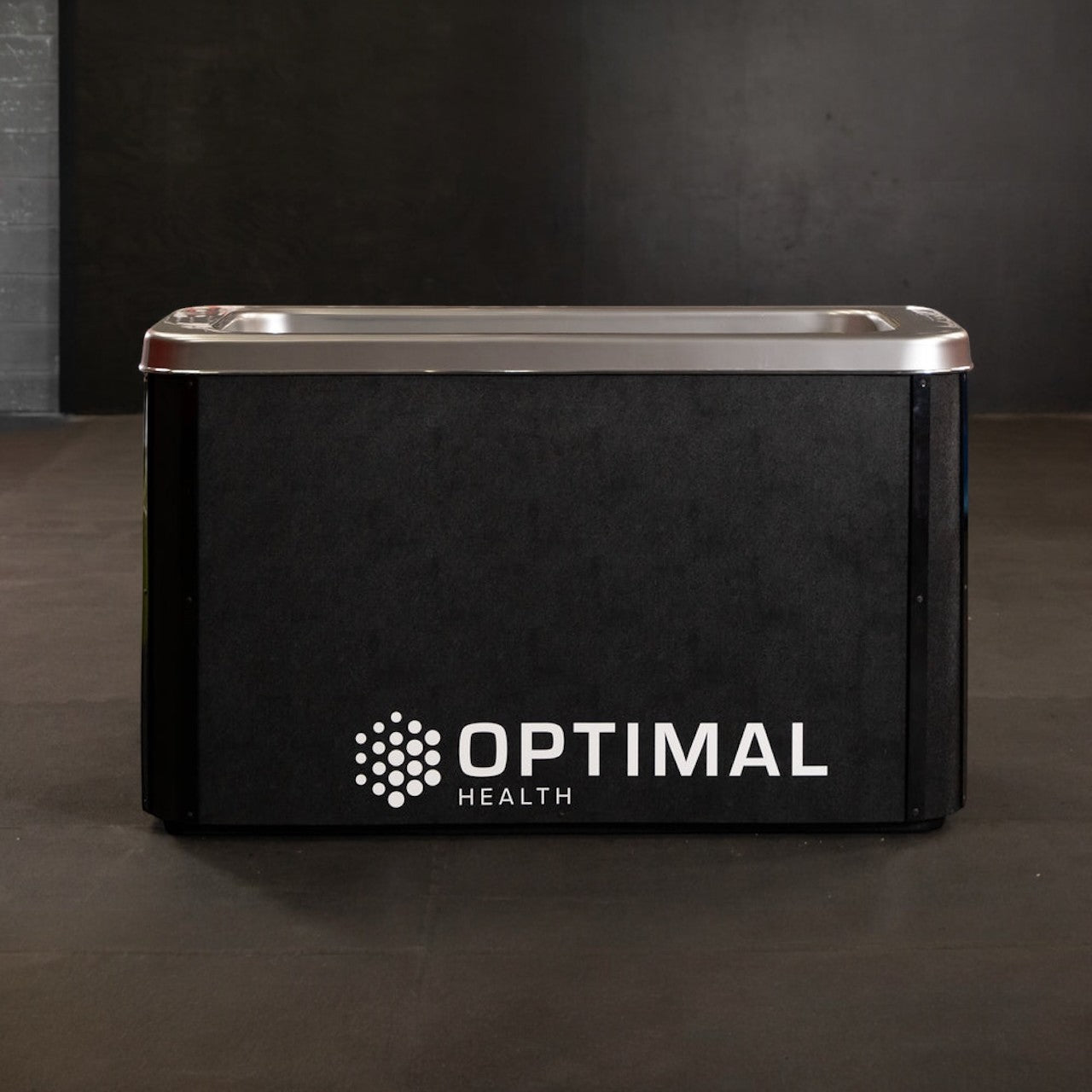




Leave a comment